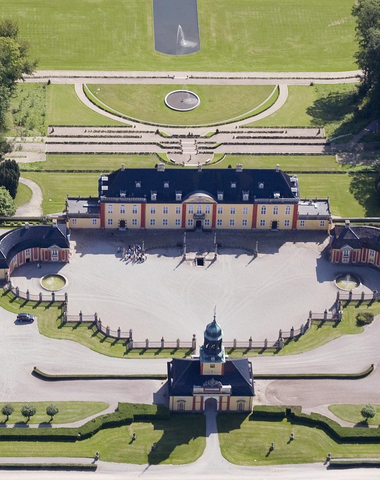ENCOUNTER
European Network
for Country House
and Estate Research
Research across Europe
European Network for Country House and Estate Research ‘ENCOUNTER’ is dedicated to the study and interpretation of manor and country house history across Europe. Established in 2015 at Gammel Estrup – The Danish Manor Museum, ENCOUNTER was founded by a group of scholars, curators, heritage professionals, and researchers with a shared interest in the historical, cultural, and architectural significance of this field.
The aim of the network is to establish interdisciplinary collaboration across history, archaeology, art history, architecture, and heritage management and bring together universities, museums, and cultural institutions to foster partnerships that bridge academic research and heritage management.
Of current relevance

Attingham Trust Courses in 2026
In 2026, the Attingham Trust will offer four courses, beginning with “Sweden: Stockholm and its Hinterland” (8–14 June). This course explores the rich artistic patronage of successive Swedish royal dynasties, as well as that of the nobility and wealthy merchant class in and around Stockholm.
Take a closer look at the rich programme here: Attingham Trust 2026



